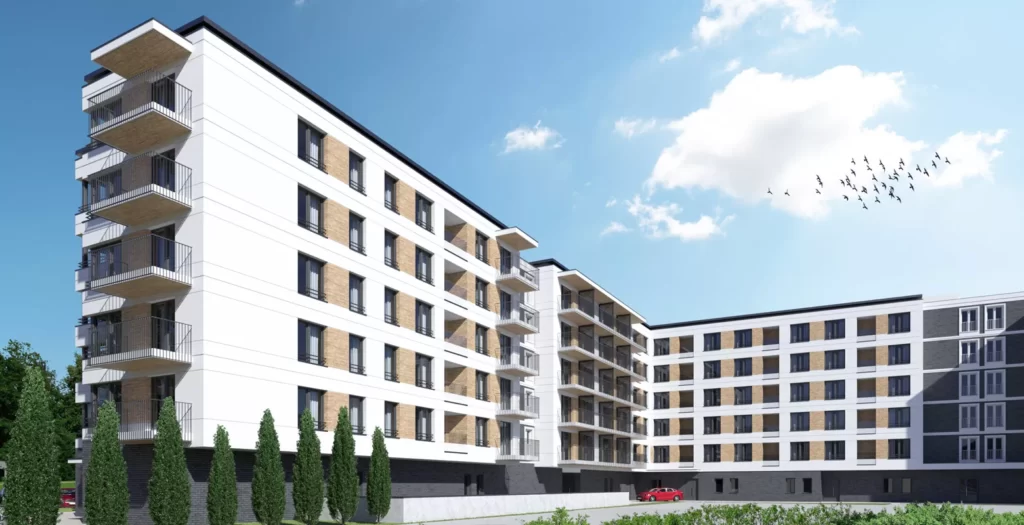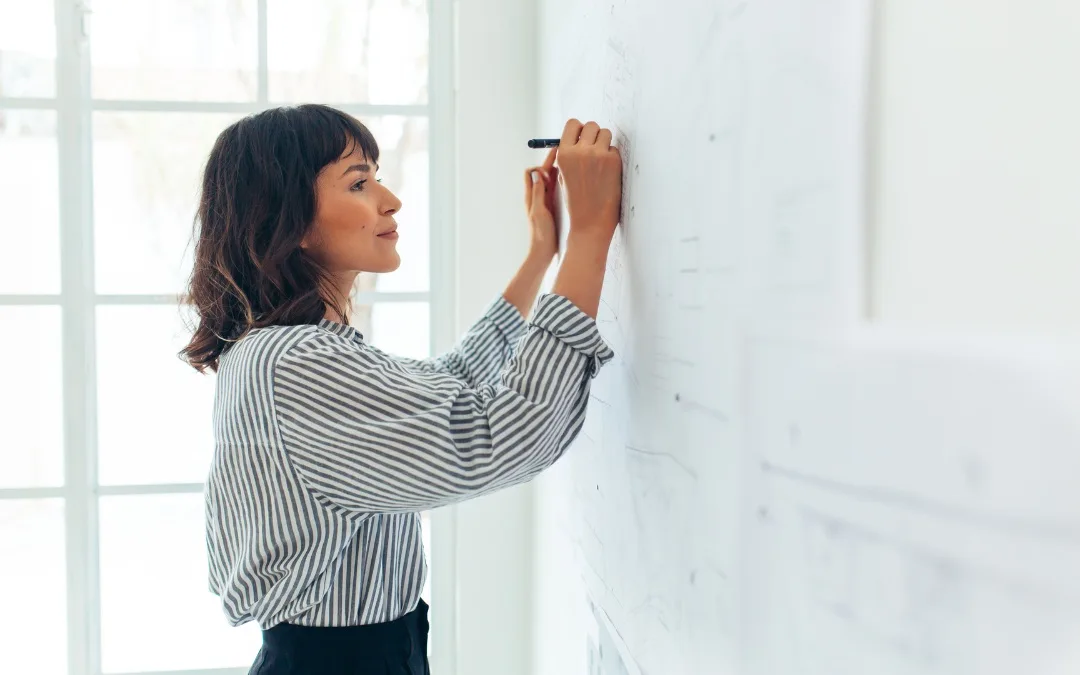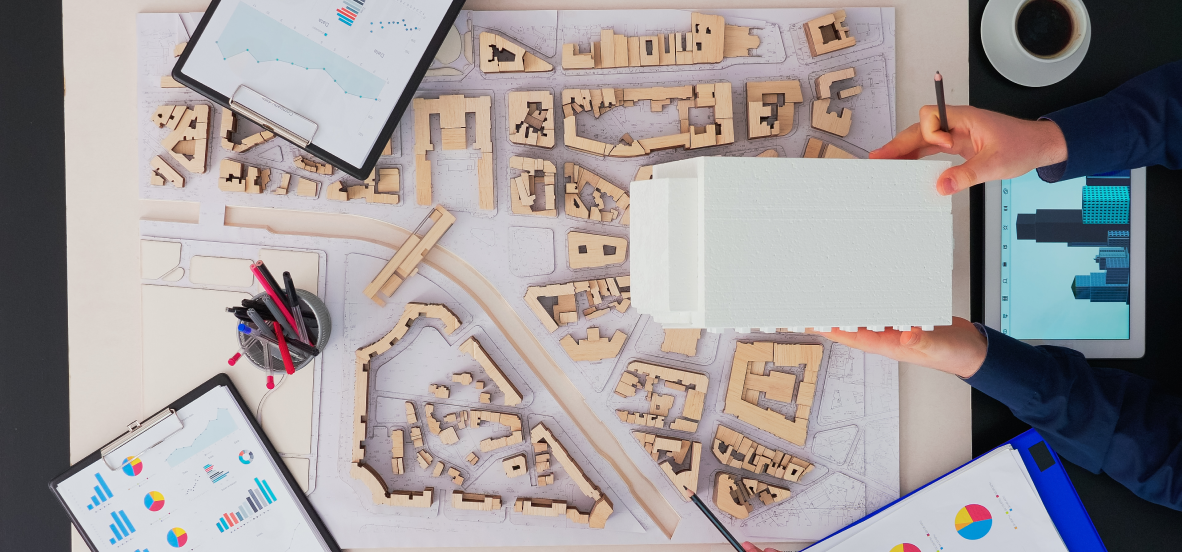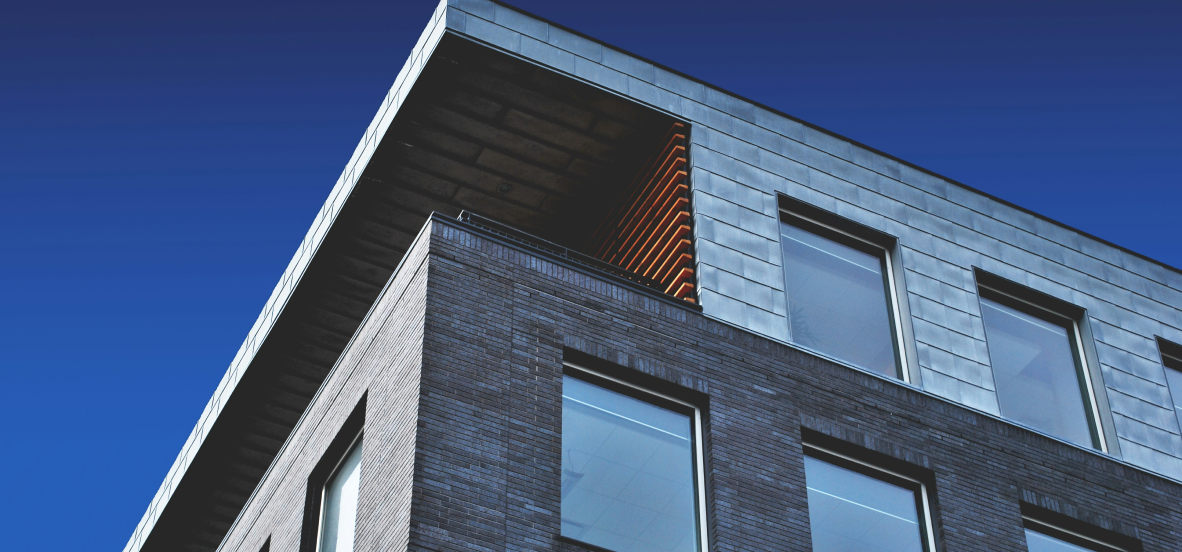Ostatnio mieliśmy przyjemność uczestniczyć w fascynującej dyskusji pomiędzy dwoma członkami zarządu firmy Partner Expert – Adrianem Szuflem i Oliverem Andrzeczukiem. Rozmawiali o kluczowych aspektach inwestowania w sektorze obiektów turystycznych i doszli do jednolitej konkluzji: Sukces projektu zależy od planowania przed przystąpieniem do projektowania.
Początkowy błąd
Jeden z głównych problemów pojawia się, gdy inwestor przekazuje pełną kontrolę nad projektem architektowi. Jak podkreśla Oliver, często prowadzi to do konieczności powrotu w procesie i dopracowywania funkcji budynku. Wykrycie błędu na etapie projektowania nie jest tak kosztowne. Problem pojawia się, gdy błąd zostaje zauważony podczas budowy – wtedy inwestor ponosi znacznie wyższe koszty. Adrian podkreśla również znaczenie dogłębnej analizy lokalizacji działki, zwłaszcza jej głównych atutów, które wpływają na strukturę obiektu. Na przykład, jeśli w sąsiedztwie znajduje się aqua park, nie ma sensu dublować tej funkcji w naszym obiekcie – wystarczy skromniejsza infrastruktura wodna. Ponadto niezbędne jest określenie profilu klienta docelowego jeszcze przed rozpoczęciem projektowania. Dla obiektów typu „second home” będziemy projektować inne wielkości lokali niż dla obiektów stricte inwestycyjnych.
Kiedy projektujesz dla inwestorów, musisz znać ich potrzeby
Adrian podkreśla, że sukces w branży turystycznej zależy od umiejętności głębokiego zrozumienia oczekiwań i potrzeb przyszłych użytkowników obiektu. Jak mówi: „Nie możemy zaczynać od kreślenia planów i projektów. Najpierw musimy poświęcić czas na zrozumienie, dla kogo tworzymy, a idealnym narzędziem, które nam w tym pomoże, jest 'Buyer Persona’.”

Kim jest „Buyer Persona”?
Buyer Persona to nie tylko suche statystyki i informacje demograficzne. To przede wszystkim bogata, wielowymiarowa charakteryzacja naszego potencjalnego klienta, uwzględniająca jego preferencje, oczekiwania, aspiracje oraz obawy. To narzędzie, które pozwala nam przejść poza tradycyjne metody analizy, bazujące na danych demograficznych czy geograficznych. Buyer Persona prowadzi nas do głębokiego zrozumienia ludzkich motywacji i zachowań. Dzięki temu, mamy pewność, że projektowane obiekty turystyczne będą dokładnie odpowiadały potrzebom i oczekiwaniom naszych klientów, przyciągając ich i zwiększając szansę na sukces inwestycji. Rozumiejąc dokładnie motywacje naszych klientów, jesteśmy w stanie tworzyć projekty, które nie tylko spełniają ich oczekiwania, ale również dostosowują się do ich specyficznych potrzeb i budżetu – klucza do sukcesu inwestycji.
Funkcjonalność vs. wizje architektoniczne
Architekci nierzadko idealizują swoje projekty, nie zdając sobie sprawy, że każda
przestrzeń wspólna ma także wymiar biznesowy i nie zawsze to, co wymyślili, będzie
spełniać autentyczne potrzeby rynku. Wyobrażenie estetycznej koncepcji przestrzeni w
głowie architekta może różnić się znacznie od oczekiwań i wymagań końcowych
użytkowników.
Przykład takiego rozbieżnego podejścia można zaobserwować w przypadku projektowania siłowni sąsiadującej ze strefą spa. Choć na pierwszy rzut oka taka koncepcja może wydawać się niesprzeczna, w rzeczywistości może prowadzić do licznych komplikacji. Najważniejszym z nich jest potencjalny problem z hałasem, który może zakłócić relaksującą atmosferę w spa. Nie można jednak zapominać, że nawet najbardziej doświadczeni architekci, specjalizujący się w różnych dziedzinach projektowania, mogą nie posiadać praktyki w zakresie specyficznych typów obiektów, takich jak te o charakterze turystycznym. Jak zauważa Oliver, istotne jest głębokie przemyślenie nawet najdrobniejszych detali — od lokalizacji schowków na pościel po logistykę związaną z wynajmem. Ponadto nieprzemyślane decyzje projektowe, takie jak na przykład bezpośrednie połączenie strefy spa z głównym holem hotelowym, przez który przechodzą zarówno ubrani goście, jak i ci w szlafrokach, mogą obniżyć komfort pobytu. W branży turystycznej każdy szczegół, nawet najmniejszy, ma znaczenie dla końcowego doświadczenia gościa, co w konsekwencji wpływa na obłożenie i zyski inwestorów. Podsumowując, kluczem do sukcesu w projektowaniu obiektów jest głębokie zrozumienie potrzeb użytkownika końcowego oraz unikanie pułapek narzucania własnej wizji kosztem praktyczności i funkcjonalności przestrzeni.
Podsumowanie
Kluczem do sukcesu w projektowaniu obiektów turystycznych jest gruntowne planowanie strategiczne jeszcze przed rozpoczęciem prac projektowych. To, co na papierze wydaje się piękne, nie zawsze jest funkcjonalne. Właściwe zrozumienie potrzeb klienta docelowego i odpowiednie dostosowanie projektu do tych potrzeb jest kluczem do stworzenia obiektu, który będzie nie tylko estetycznie atrakcyjny, ale także funkcjonalny i rentowny.




